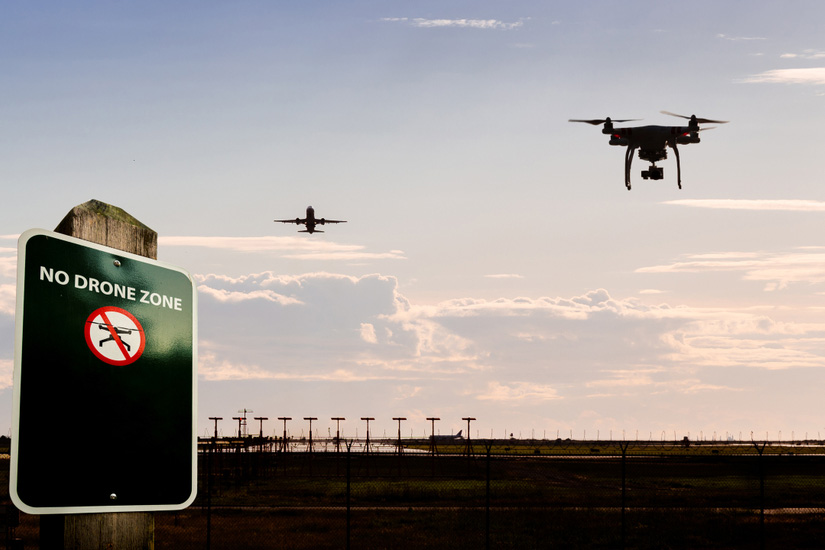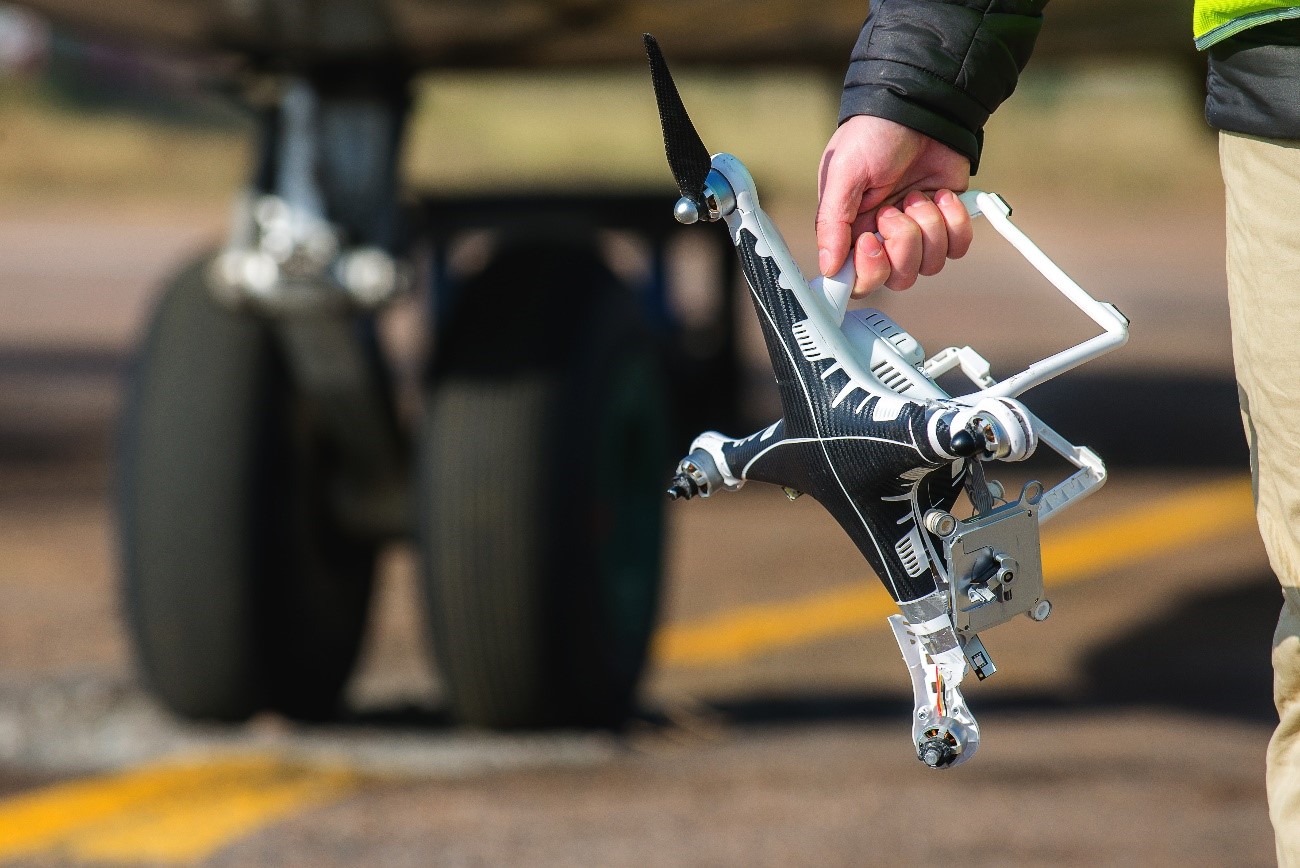Drone flights over non-authorised areas pose a growing threat to airport operations, stopping departures, diverting flying aircraft to other airports, and incurring extra cost. At the same time, response measures need to be appropriate in a populated airport environment and can only be used with a high degree of caution.
A broad range of systems are available to detect and neutralise rogue-drones, drawn largely from the defence sector. By means of an integrated and holistic approach, ASPRID researchers defined an operational concept and system architecture that is more appropriate for the protection of airports. By examining historical data and carrying out a vulnerability assessment, ASPRID defined a methodological framework and pinpointed risk scenarios that can be used to inform a decision support system to help manage the selection of operational mitigation actions. The architecture is used to establish the adequate level of alert, response, and, if needed, neutralisation.
The project identified technologies, procedures, regulations and standards that can help better safeguard us against drone incursions and recover from any disruptions as quickly and as efficiently as possible.
To validate the operational concept, the solution was simulated using a prototype human machine interface (HMI) in combination with a gaming exercise that enabled the main stakeholders participating in the exercise to interact with each other during a series of modelled drone incursions in the airport environment. In addition to feedback from air traffic controllers and airport personnel, input was provided by drone operators, IT and security experts.
The solution was evaluated and consolidated using the qualitative and quantitative data collected. The results were used to identify needs and draw up recommendations on how to implement efficient airport operations against intruding drones.
Benefits
- Increased operational situational awareness
- Autonomous system for non-collaborative drones
- Mitigation of drone incursions effects.



